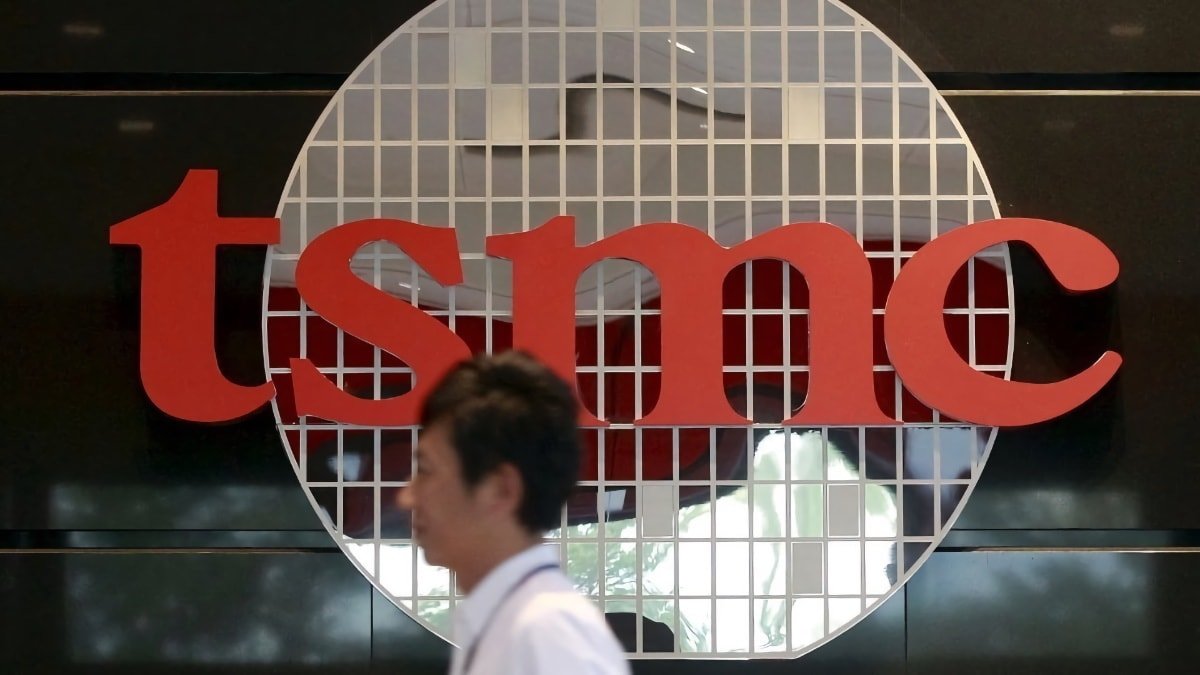Apple has a stranglehold on the TSMC 3nm chip supply in 2023
Apple has reserved nearly all of TSMC's 3-nanometer process chip production for upcoming iPhone, Mac, and iPad models with the A17 Bionic and Apple Silicon M3 chips.

Apple books nearly all of TSMC's 3nm process
As early as December 2020, reports emerged stating that Apple had made an order for the complete production of TSMC's 3nm processors. TSMC had recently completed its 3nm process, and it was expected that Apple would utilize these chips in their Mac, iPhone, and iPad devices.
A recent report from Digitimes once again reaffirms that Apple has ordered most of TSMC's production line for 3nm processors. The company has reportedly reserved 90% of the manufacturing for the first-generation 3nm process, referred to as N3B.
The next generation of Apple's iPhones will incorporate the A17 Bionic processor, at least in the iPhone 15 Pro models. It would be the first iPhone chip manufactured using TSMC's initial 3nm process.
The 3nm technology is reported to offer a 35% increase in power efficiency and a 15% boost in performance compared to the previous A16 Bionic chip found in the iPhone 14 Pro and Pro Max, which was produced using 4nm technology.
The upcoming M3 chip for Macs and iPads may also be from the 3nm process. The first devices with an M3 chip could be an updated 13-inch MacBook Air and a new 24-inch iMac later in 2023.
Monday's report follows news from April saying that TSMC initially delayed scaling up its 3nm process as a result of the company needing to incorporate multi-patterning with EUV lithography from supplier ASML.
TSMC plans to begin scaling up the production of Apple's A17 and M3 processors using the N3 technology. The A17 chip for the iPhone is expected to undergo 82 mask layers, with a likely die size ranging from 100mm to 110mm square.
Based on these specifications, it is estimated that each wafer will yield approximately 620 chips, with a wafer cycle time of four months. On the other hand, the M3 processor is projected to have a larger die size, ranging from 135 to 150mm square, and a yield of around 450 chips per wafer.
Read on AppleInsider

Apple books nearly all of TSMC's 3nm process
As early as December 2020, reports emerged stating that Apple had made an order for the complete production of TSMC's 3nm processors. TSMC had recently completed its 3nm process, and it was expected that Apple would utilize these chips in their Mac, iPhone, and iPad devices.
A recent report from Digitimes once again reaffirms that Apple has ordered most of TSMC's production line for 3nm processors. The company has reportedly reserved 90% of the manufacturing for the first-generation 3nm process, referred to as N3B.
The next generation of Apple's iPhones will incorporate the A17 Bionic processor, at least in the iPhone 15 Pro models. It would be the first iPhone chip manufactured using TSMC's initial 3nm process.
The 3nm technology is reported to offer a 35% increase in power efficiency and a 15% boost in performance compared to the previous A16 Bionic chip found in the iPhone 14 Pro and Pro Max, which was produced using 4nm technology.
The upcoming M3 chip for Macs and iPads may also be from the 3nm process. The first devices with an M3 chip could be an updated 13-inch MacBook Air and a new 24-inch iMac later in 2023.
Monday's report follows news from April saying that TSMC initially delayed scaling up its 3nm process as a result of the company needing to incorporate multi-patterning with EUV lithography from supplier ASML.
TSMC plans to begin scaling up the production of Apple's A17 and M3 processors using the N3 technology. The A17 chip for the iPhone is expected to undergo 82 mask layers, with a likely die size ranging from 100mm to 110mm square.
Based on these specifications, it is estimated that each wafer will yield approximately 620 chips, with a wafer cycle time of four months. On the other hand, the M3 processor is projected to have a larger die size, ranging from 135 to 150mm square, and a yield of around 450 chips per wafer.
Read on AppleInsider

Comments
From the web:
A simple way to look at cycle time is to apply a probability theory called Little’s Law in the fab. In this case, cycle time equals work-in-process (WIP) over the start rate, according to KLA-Tencor. For example, if a fab has 12,000 lots, and it processes 4,000 lots per month, the total cycle time is 3 months.
or
Cycle time is the amount of time it takes to process a wafer lot in a fab from start to finish. An advanced logic process could have from 600 to 1,000 steps or more.
This might be a case of Apple having both the $$ and the product vision to do things that other companies can't.
TSMC 3nm is a 30b to 40b dollar node. Not many TSMC customers have the cash flow to fund that, except Apple. Qualcomm, Nvidia, AMD, are in their somewhere, but they don't have Apple's strategic need to be first on every node combined with its cash flow.
Other manufacturers would come onboard early on in the following year. Qualcomm was in that group as they normally announce their top end chips at the end of the year for inclusion in the major Android flagships the following spring.
With TSMC unable to serve Huawei at present, Apple gets more access to the capacity at their fabs.
https://www.tomshardware.com/news/intel-15th-gen-arrow-lake-tsmc-delay